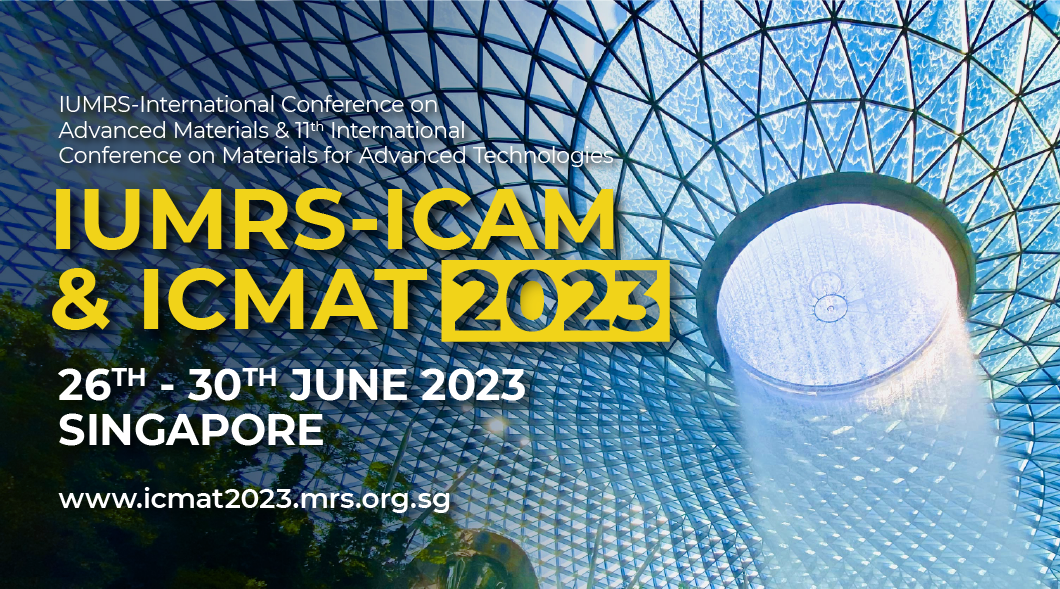
Symposium Y
2D Materials and Heterostructures
Semiconducting 2D materials, most notably transition metal dichalcogenides (TMDCs) and black phosphorous (BP), are a new class of materials with exceptional properties that create new vistas for both science and technology. Mono-layer (or few-layer) TMDCs and BP do not suffer from the zero-bandgap limitation of graphene. The sufficiently large bandgaps of 2D semiconductors, enhanced carrier mobility, and resistance to short channel effects make these materials very attractive for future generation of nanoelectronic devices. The direct bandgap nature of these 2D semiconductors, coupled with their mechanical flexibility and optical transparency, indicates their potential in novel electronic and opto-electronic devices. In addition, there is recent interest in building devices and functional materials based on hybrid heterostructures of different compositions to complement those from graphene. This symposium aims to serve as a scientific forum for scientists and researchers from related fields to report and discuss up to date scientific findings and technology breakthroughs.
- 2D Materials Growth and Preparation (especially scalable solutions);
- 2D Materials Characterization (Physical, Optical, Electrical, Mechanical, Chemical);
- 2D Devices and Process Technologies (e.g. Doping, contacts, gating, integration);
- New Physical Phenomenon (e.g. Spin-valley coupling, heterostructures);
- Novel and Translational Applications (e.g. Flexible, ubiquitous electronics, photonics, valleytronics).
Chair
Kah-Wee Ang
National University of Singapore, Singapore
Dongzhi Chi
Institute of Materials Research & Engineering, A*STAR, Singapore
Co-Chair(s)
Lain-Jong Lance Li
University of Hong Kong, Hong Kong
Andrew Wee
National University of Singapore, Singapore
Zheng Liu
Nanyang Technological University, Singapore
Correspondence
Kah-Wee Ang
National University of Singapore, Singapore
Email: eleakw@nus.edu.sg
Back to Symposia List
